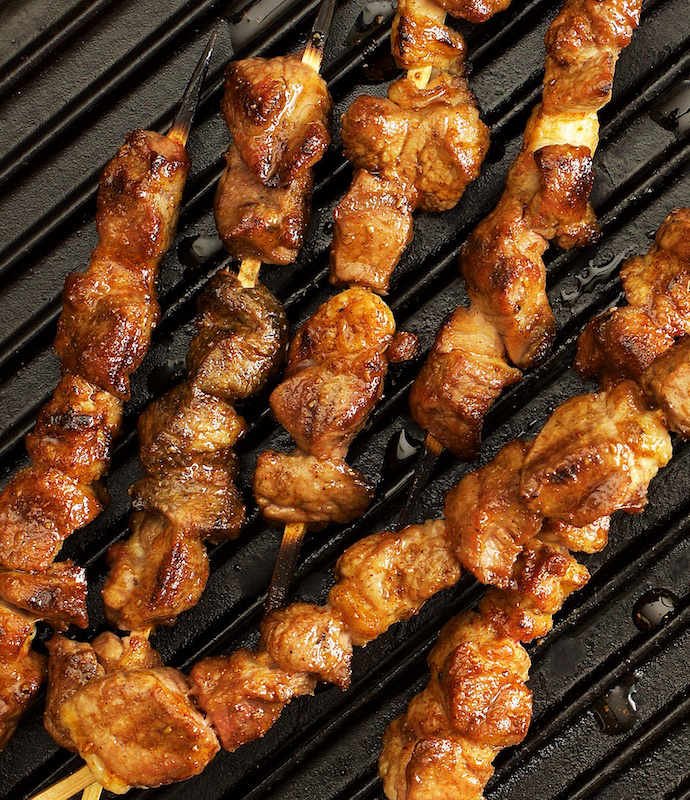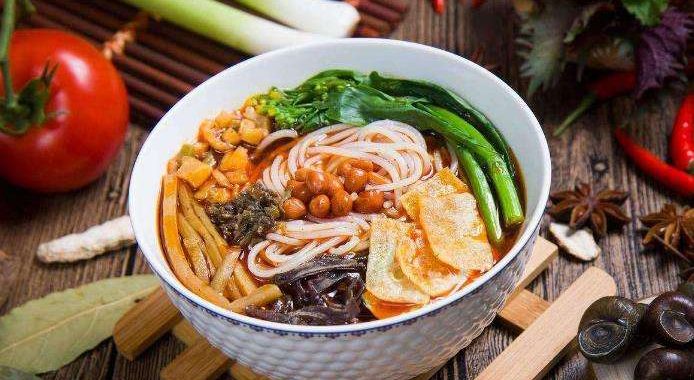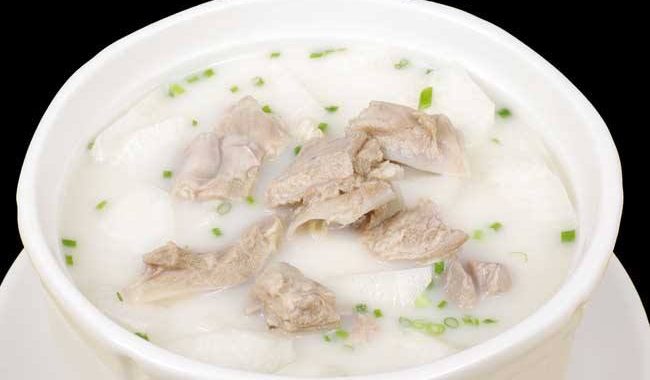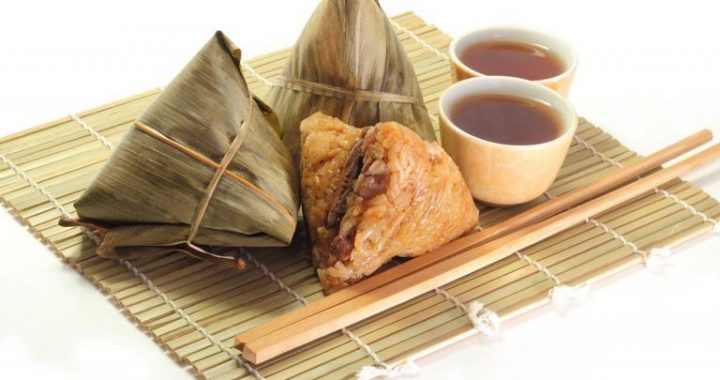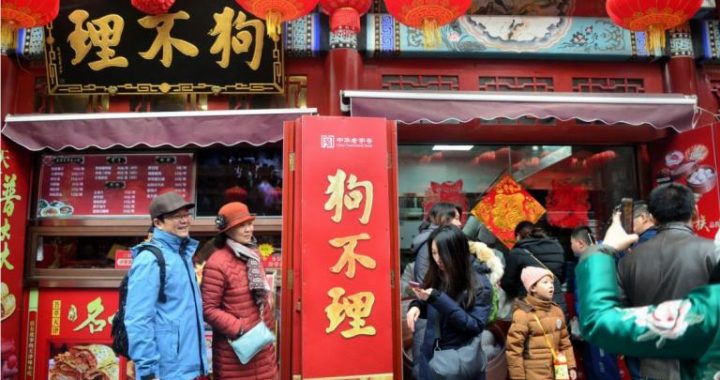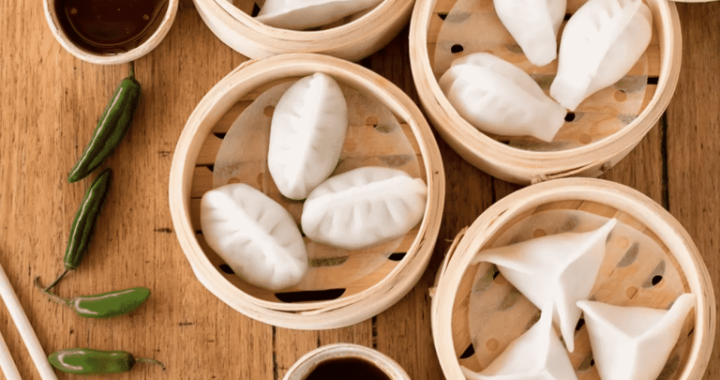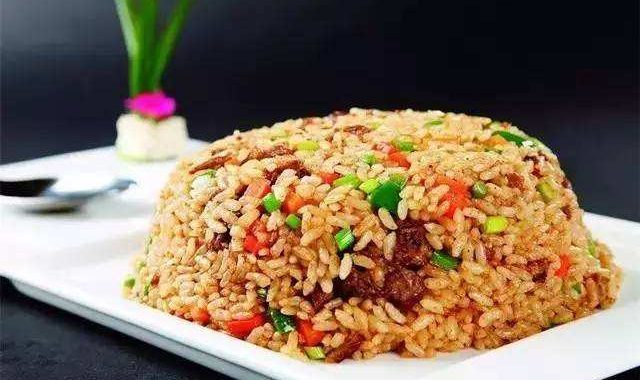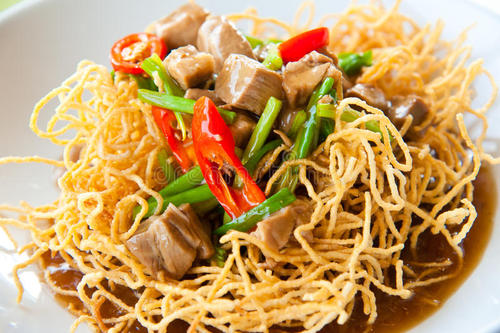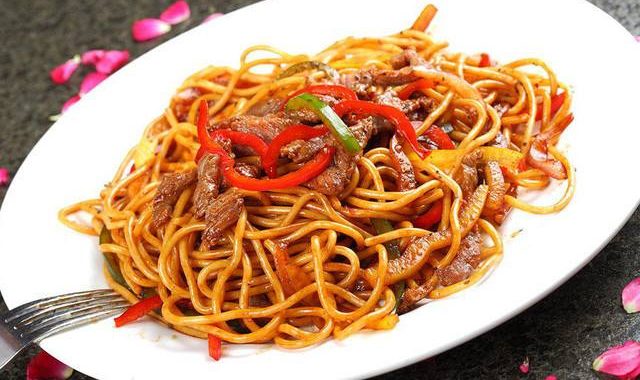Fresh and Tender and Spicy Shish Kebab
9 min read“Shish kebab! Try a kebab from Xin jiang!”was a line from the opusculum Shish Kebab which was broadcasted at the Spring Festival Gala Evening of CCTV in 1986 and coperformed by Chen Peisi and Zhu Shimao. And then immediately the local flavor snack became famous all across China, and even the non-standard mandarin became popular.
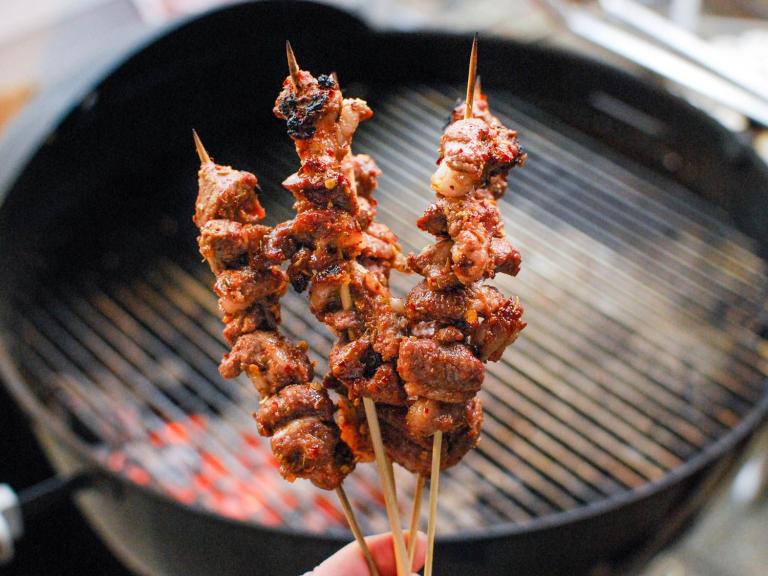
Tracing the history of the shish kebab, people possibly started to roast all kinds of animals after the human kind discovered fire. At that time, there were no devices, nor seasoning. According to some historical dates of China, the ancient people had a habit to roast or burn meat. From No.1 Tomb of Mawangdui of the Western Han Dynasty (206 B.C. to 25A.D.), some slips about food was excavated, including the data of roasting animal meat such as roast beef, roast dog rib, roast deer and roast chicken. Especially the Kitchen Picture excavated in the tomb of Sun Cong of the Eastern Han Dynasty (25 A.D. to 220 A.D.)in Zhucheng County, Shandong. The procedures and devices and other forms of roast meat is closely related to the roast meat in Xin jiang nowadays.
Shashlik is called kawap in the Uygur language. There are multiple kinds of roast meat in Xinjiang, mainly including shish kebab, rose willow roast meat, naan pit roast meat, shelf meat and sauted shashlik and so on. In addition to the general shish kebab, there are also bamboo stick shashlik and network shashlik, and some fried with the similar basic raw materials. Sometimes before putting mutton onto the oven, the mutton is coated with a paste mixed albumen and starch, in order to make mutton more fresh and tender. No matterhow the making of roast meat is improved or innovated, the traditional Uygur roast meat which is not only a snack on the street but also a delicacy to entertain guests is the most characteristic.

Why is the flavor of the shish kebab in Xinjiang so special? In my opinion, there are two real reasons. Firstly, the breeds of Xin jiang’s sheep are excellent, closely related to the water and grass in Xin jiang. One joke is popular among the people of Xinjiang “The sheep of Xin jiang walks on golden ways, eat natural Chinese medicinal herb, and drink mineralized water, so how can their meat be not tasty? All parts of Xin jiang’s sheep are treasures: they shit Six-Ingredient Rehmannia Pills and discharge Taitai Oral Liquid. Even if their meat is cold, there will be no unpleasant odor. Hah! Will you eat or not?”WheneverI hear this joke, as a person from Xin jiang,I am always proud. This pride makes sense: compared with most sheep fed with artificial feed, the breeds and feeding conditions of Xin jiang’s sheep are different. So how can their meat be the same? Secondly, the shish “Roast meat! Roast meat! Fresh roast meat! Come and eat! No regretsv ……”Walking in the high streets and back lanes in Xinjiang, you can always hear the cry of Uygur youngsters selling barbecue. They slice fresh mutton up, separate fatty and lean mutton and then bunch the cut mutton slices one by one on a small bar. The secret of bunching mutton is to arrange the fatty and lean mutton, bunching 2 lean slices with 1 fatty slice. Bunched alternately fatty and lean slices, it does not taste oily. On the contrary, it has the good flavor of oil! Roast the bunched mutton on a long grill, on which the charcoal has to be red hot. And then when you hear mutton sizzling, you sprinkle some salt and ground fine cuminevenly. The time of roasting is important, because you need to roast both sides of mutton evenly. Or else you will roast it half raw and half cooked. During the process of roasting, you need to fan; by doing so, you can make the charcoal under the mutton burn better and prevent the discharged smoke from hurting your eyes. Because of the scent of barbecue dispersing all around, even though people are not so hungry, they will be reluctant to walk away and can’t help sitting down and eating. Sometimes, one will buy one or two pieces of naan, put roasted mutton shashlik on the naan and pull out the small rod, so it has a distinctive flavor. Sauted mutton shashlik originated from this. At that time, in order to popularize mutton shashlik to the outside world and make it accepted by more people, aswell as to make it more convenient and healthy, cooks started to changing the method of roasting into sauting. According to the scientific dietary, sauted mutton shashlik contains no smoke taste or oil smoke, of roasted mutton shashlik, which is harmful to the human body. Comparatively, it’s rich in nutritional ingredients. After sauted mutton shashlik is cooked, it not only looks red and greasy, but also tastes fresh and delicious.
In Xinjiang, either in the city, or countryside, courtyard or bazaar, shish kebab can be seen everywhere. It is thus clear that it is popular among the people. In the inland provinces, many people from Xinjiang set up a stall of shish kebab, calling “Lamb mutton from Xin jiang, unmarried lamb…”They solicit business with humorous language. Among so many Xin jiang people making a living by selling shish kebab, there is such a young guy who is not very rich, but philanthropic and benevolent, called “good guy”by the Xin jiang people and honored “the philanthropist roasting shish kebab”by the Guizhou people. He i a man of Uygur ethnic group in Xinjiang, named Alim. With the passage of ten years, he continues to subsidize those poor students with the slender income from selling shish kebab, which has touched tens of thousands of people. On April 20,2013, there occurs an earthquake of 7.0 magnitude in Ya’ an County, Sichuan. Alim and his friend made 2,000 pieces of naan overnight and brought them from Urumqi to the disaster area, bringing the loving heart of all Peoples in Xinjiang as well.
Even though in Xinjiang there is shish kebab in every district, the roasting methods are entirely different. The most primitive shish kebab is rose willow roast mutton. Rose willow is a common plant growing in the desert and Gobi, highly drought-enduring, widely distributing in Xinjiang, Inner Mongolia and Gansu and other places in China. Outside of its branch, there is a layer of red skin and its leaves look like willow’s leaves; in autumn it will bloom pink flowers, like pink cloud seen from far away, to make the desolated world vigorous. Perhaps, the name, rose willow, is hence from this. Rose willow roast mutton, as its name implies, refers to using rose willow branches of little finger size cut into 60 to 70
centimeters and placing mutton slices of ping-pong ball sized for roasting. During the process of roasting, the oil of rose will diffuse a special scent to make the mutton fresh and tender. The surface of the rose willow roast mutton is crispy and the inside is juicy making it the most delicious.
There is also another type called Miterkawap(meaning 1 meter long shish kebab): this huge type of shish kebab is roasted in Moyu County, Kuqa County and Erdaoqiao Market in Urumqi. But after careful thinking, the most authentic one is that in Kuqa County in South Xin jiang. This kind of shish kebab not only features much larger mutton slices, but also one or two times of the normal length of shish kebab. On the 1 meter long rod, it altogether bunches more than 10 slices of mutton, weighing more than half a kilo. It is really satisfying. At that time, if there is one bowl of yellow noodles, then you eat the meat with noodles which is both spicy and sour; at the same time, the thick scent of meat will stimulate your nerve, so it’s unforgettable.
As the saying goes that”one has never been to Xin jiang if he has never been to Kashgar;and that one is on a fool’s errand if he never eats naan pit meat in Kashgar”.It is thus clear that the most authentic naan pit meat is in Kashgar.As an entire indigene of Xin jiang,it was in 2005 that I went to Kashgar for the first time.As the largest city in South Xin jiang,all kinds of cuisine get together.It was harvesting time of melons and fruits in autumn when I went there.Cuisine could be seen everywhere.In the company of a local friend, we walked directly to a small shop behind Idgah Mosque. It was lucky for us to get there early. In just a while,a long queue was formed before its door. The shelf in front of the door hung slaughtered sheep, and nearby there was a naan pit over 1 meter high. The shop is not big, which is, like other restaurants in South Xinjiang, slightly messy. We sat at the table, smelt the scent of cumin and mutton and drank tea, waiting anxiously for the naan pit meat that is coming soon. How happy we were! Because of curiosity,I went outside to see how the boss roasted naan pit meat. What I saw was: he took a smallYengisar knife to cut the mutton up into slices of fist’s size, mixed more than 10 seasonings and spices into a paste including yolk, turmeric, pepper powder, cumin powder, refined salt and first-class flour, hung bunched mutton in the naan pit one by one, made them close to the inner walls, closed the pit opening and baked, braised the mutton. In about half an hour, the boss opened the naan pit, the scent diffused all around. It was even proper to say “the scent traveled 10 miles”.I took a bunch and a bite and it was really crispy, tender and delicious!
Speaking of naan pit meat, we have to mention shelf meat as both of the two are of royal cuisine. This delicacy will never be omitted by roast meat stands or big and small restaurants which can be seen everywhere in Kashgar. But my friend told me that ifI wanted to eat the authentic shelf meat,I had to go to Dawakun, Yopurga County, Kashgar.
It was said by the local people that there is a beautiful legend:”At the end of the 3d century, King Tielimu, bringing his daughter, searched for water for the people. They dug for many days on the rim of the desert but in vain. Dawakun then concealed from her father and dug water alone at night and finally succeeded. And finally, Princess Dawakun also turned into a pool of water.”The gem-like pool is just located in the famous desert tourist resort Dawakun, Yopurga County, Kashgar. What attracts the people is always the peculiar-flavored shelf meat, in addition to the western sceneries of poetic beauty. Shelf meat comes down to nowadays among the people in Yopurga, for more than one hundred years’time. According to the boss, Abdulla, who sold shelf meat barbecue, the flavor and baking methods of shelf meat is different from that of general roast meat in meat salting and gridiron. The mutton for shelf meat should be the leanest part of local lamb: use a small Yengisar knife to cut it into small slices, mix the seasonings into the mutton, and apply a layer of special ancestral sauce, cure it for 25 minutes before placing it into the shelf, and place it into round iron shelf and closed naan pit for baking. Baking like this can prevent smoking and make the meat receive heat evenly under a constant temperature; it is rotated and baked for 20 minutes, and then taken out. The baked meat has golden color and attractive scent, making people’s mouth water. During the trip to Kashgar in the autumn, what impressed me most was shelf meat in Dawakun. It was not because shelf meat was more delicious than naan pit meat, but because the containers to hold shelf meat were special-shaped metal shelves, rather than regular bowls, dishes or plates.
